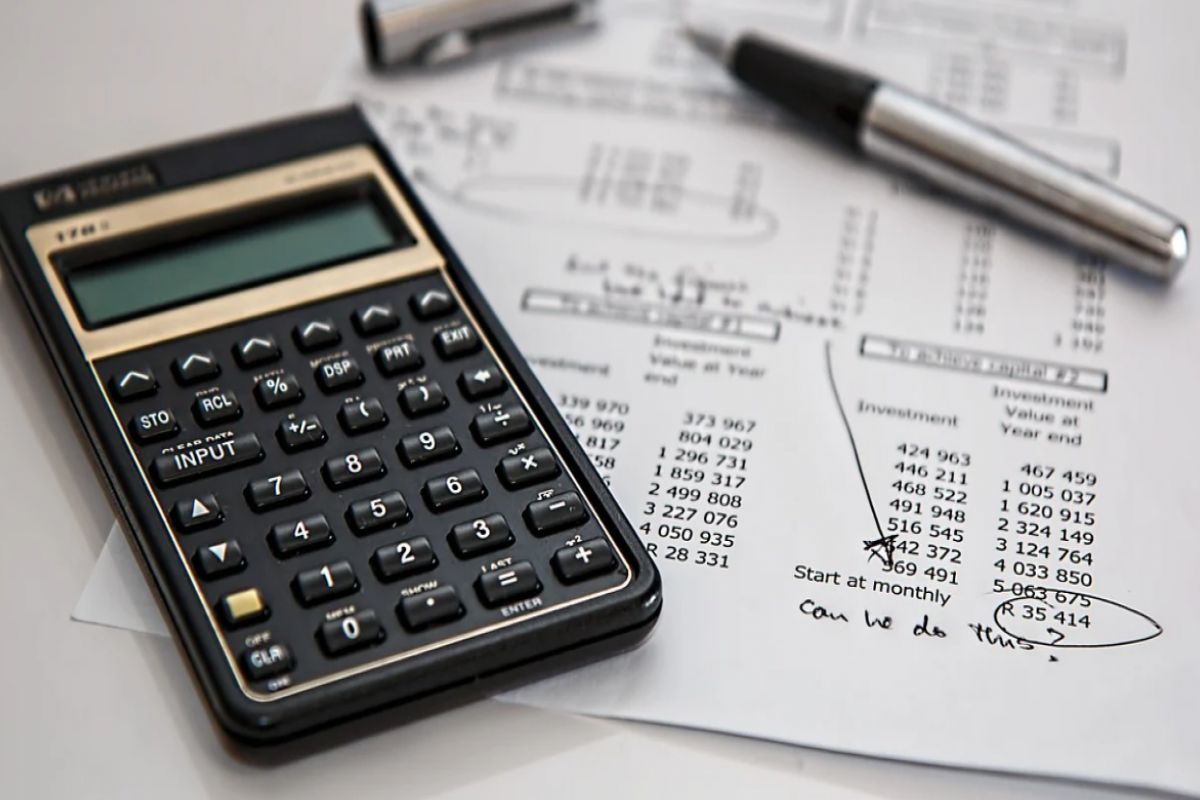
Revenue recognition is a critical aspect of financial reporting, determining when and how businesses record income and impacting everything from profitability to compliance. Through ASC 606, the Financial Accounting Standards Board (FASB) established a unified framework for recognizing revenue across industries. Learn more about the methods of revenue recognition under ASC 606 and how to choose the right one for your organization.
What is ASC 606?
The core principle behind the Financial Accounting Standards Board (FASB) ASC 606, Revenue from Contracts with Customers, is commonly referred to as the “customer consideration” approach. An entity recognizes revenue to depict the transfer of promised goods or services to customers in an amount that reflects the consideration to which the entity expects to be entitled in exchange for those goods or services.
Why is ASC 606 important?
- Consistency: A single standard improves comparability across industries
- Transparency: Investors and regulators gain clearer insight into financial performance
- Global Alignment: ASC 606 aligns closely with IFRS 15, making cross-border reporting easier
The five step model of revenue recognition
ASC 606 introduces a structured approach to revenue recognition through five steps:
- Identify the contract with a customer: Ensure the agreement creates enforceable rights and obligations. It also should be probable that the entity will collect substantially all the consideration to which it will be entitled in exchange for the goods or services that will be transferred to the customer.
- Identify performance obligations: Break down the contract into distinct goods or services promised. The actions or deliverables for which the customer has contracted are referred to as “performance obligations.”
- Determine the transaction price: Consider fixed amounts, variable consideration, discounts, and incentives. This represents the amount that will ultimately be recognized as contract revenue.
- Allocate the transaction price: Assign the price to each performance obligation based on standalone selling prices. The best evidence of a standalone selling price is the price an entity charges for that good or service when sold in similar circumstances to similar customers. But, other methods are generally accepted.
- Recognize revenue when (or as) obligations are satisfied: A customer might “obtain control” of the benefits over time (as/while the entity is performing), or at a point in time (when the entity’s performance is complete). This determination must be made at the inception of the contract and is made from the perspective of the customer.
Choosing the right method: Over time vs. point in time
Under ASC 606, revenue can be recognized in two ways, over time and point in time.
Recognition over time
Use this method when:
- The customer receives benefits as work progresses.
- The entity’s performance creates or enhances an asset the customer controls.
- The work has no alternative use and the entity has an enforceable right to payment.
Examples of when to use recognition over time:
Construction projects
A contractor building a custom office space for a client recognizes revenue over time because the client benefits as the building takes shape, and the contractor cannot repurpose the partially completed structure for another customer.
Long-term service contracts
IT managed services or consulting engagements often qualify for over-time recognition. For instance, a three-year IT support contract provides continuous benefits to the client, and the provider earns revenue proportionally as services are delivered.
Subscription-based SaaS
A software company offering annual subscriptions recognizes revenue over time because customers access and use the service throughout the subscription period.
Recognition at a point in time
Use recognition at a point in time:
- Control transfers at a specific moment (e.g., delivery of goods)
- Indicators include legal title transfer, physical possession, and acceptance by the customer
Consider these examples of when to use recognition at a point in time.
Retail sales
A clothing retailer records revenue when the customer purchases and takes possession of the item. Control transfers immediately at the point of sale.
Product shipments
A manufacturer selling equipment recognizes revenue when the goods are shipped and the customer assumes ownership, provided shipping terms (e.g., FOB shipping point) indicate control has passed.
E-commerce transactions
Online retailers typically recognize revenue when the product is delivered to the customer’s address, signaling transfer of control and acceptance
Common challenges and judgment areas related to ASC 606
Applying ASC 606 often requires significant professional judgment because the standard is principles-based rather than prescriptive. Consider these areas where accountants typically face complexity:
Identifying distinct performance obligations in bundled contracts
Many contracts bundle multiple goods or services together. Determining whether these are separate obligations or a single combined obligation requires analyzing whether each item is distinct - meaning the customer can benefit from it on its own or with other readily available resources.
Estimating variable consideration
Contracts often include discounts, rebates, performance bonuses, or penalties. ASC 606 requires estimating these amounts upfront and applying the constraint principle to avoid significant revenue reversals in future accounting periods.
Methods for estimating variable consideration include:
- Expected Value: Use probability-weighted estimates for multiple possible outcomes
- Most Likely Amount: Use the single most likely outcome when only two scenarios exist
Determining whether the entity acts as principal or agent
Determine whether the entity controls the goods or services before transfer (principal) or merely arranges for them (agent) affects whether revenue is reported gross or net.
Principal: Has inventory risk, discretion in pricing, and primary responsibility for fulfillment Agent: Facilitates the sale without taking control
Handling contract modifications and renewals
Changes in scope or price require assessing whether the modification creates a new contract or adjusts the existing one. This depends on whether the added goods/services are distinct and priced at standalone selling prices. Changes in the contract can have impact on the timing and/or amount of revenue recognized.
Learn more with Becker's CPE courses
If you'd like to dig deeper into this topic or build skills in other areas, Becker offers over 700 on-demand CPE courses, 1,000 live annual webcasts, and weekly CPE podcasts, including:
- Revenue Recognition: ASC 606 Analysis for the Technology Industry
- Accounting Guidance on Not-for-Profit Revenue Recognition
- Revenue Recognition Disclosures







